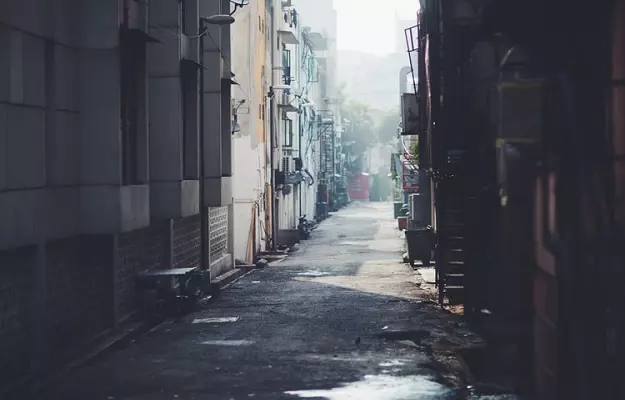As of April 15, 2020, confirmed cases of COVID-19 had crossed 10,000 in India. This infectious disease had also spread to 354-plus districts till mid-April - it has spread to more districts since then.
The Prime Minister of India announced a nation-wide lockdown on March 24, 2020, to contain the infection. The lockdown was supposed to end on April 14, 2020, but due to the rise in cases of COVID-19 infection, it was extended till May 3.
In order to contain the spread of the infection, the government has also started marking out those areas which have reported six or more cases of COVID-19 infections. These areas are being called "hotspots".
Read on to know what exactly are hotspots and why is their demarcation significant -even in a lockdown situation.









































